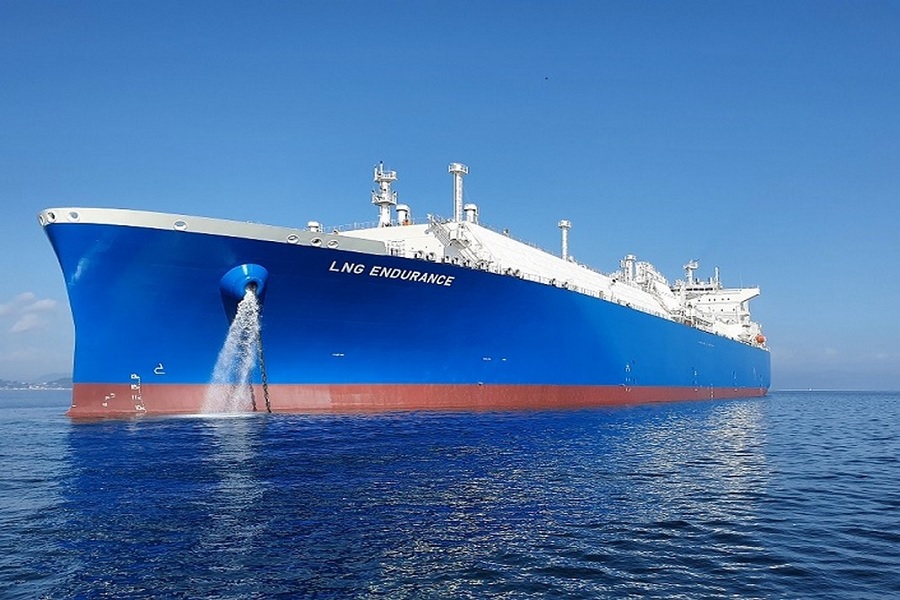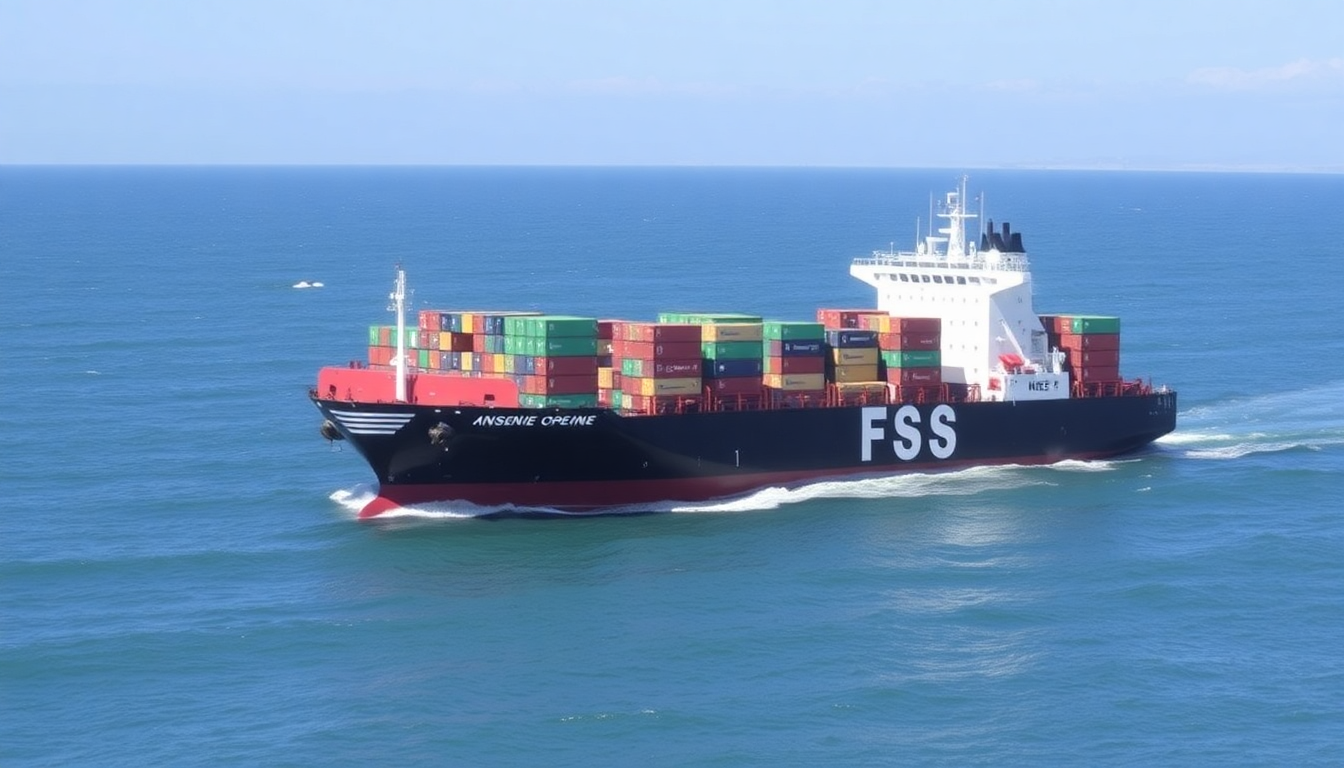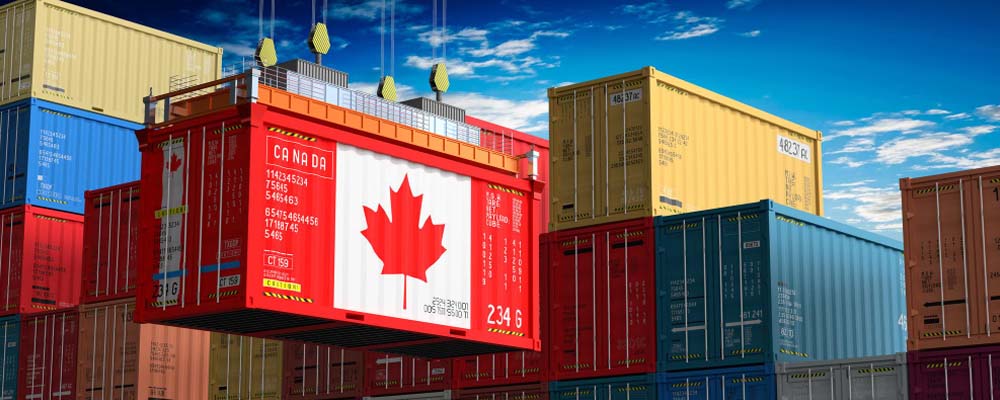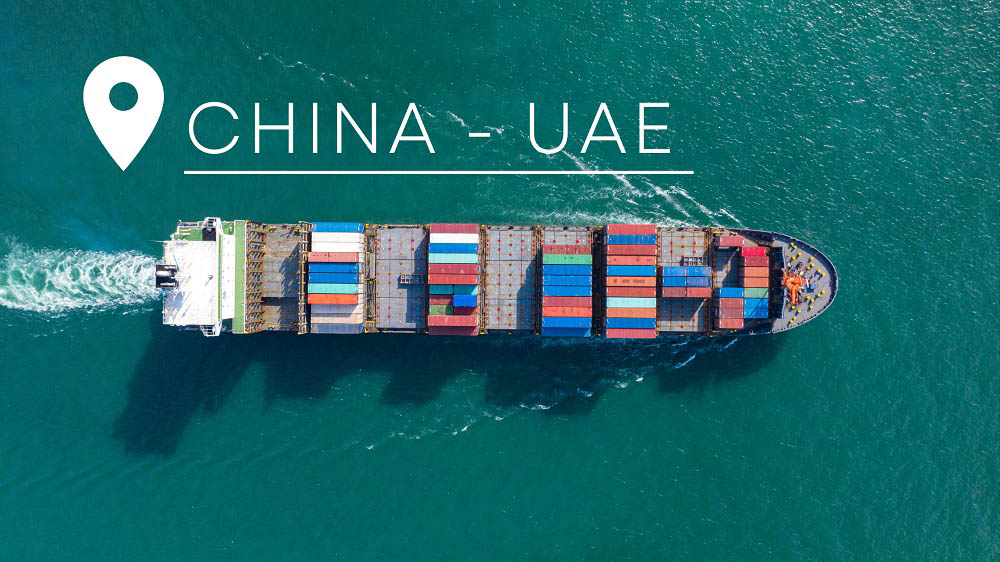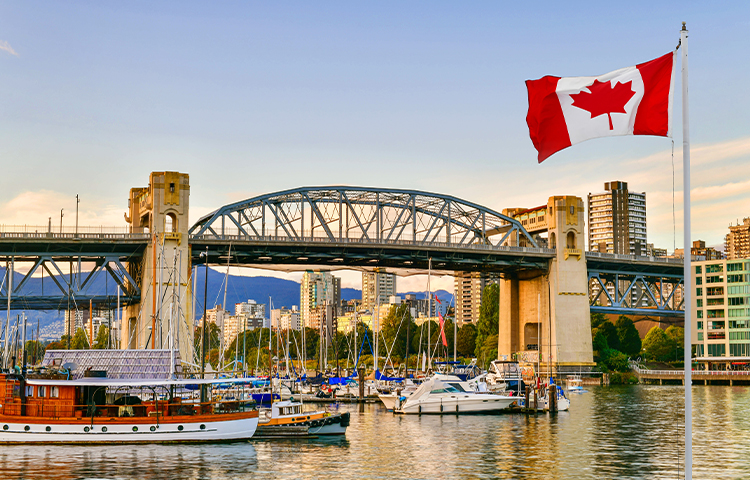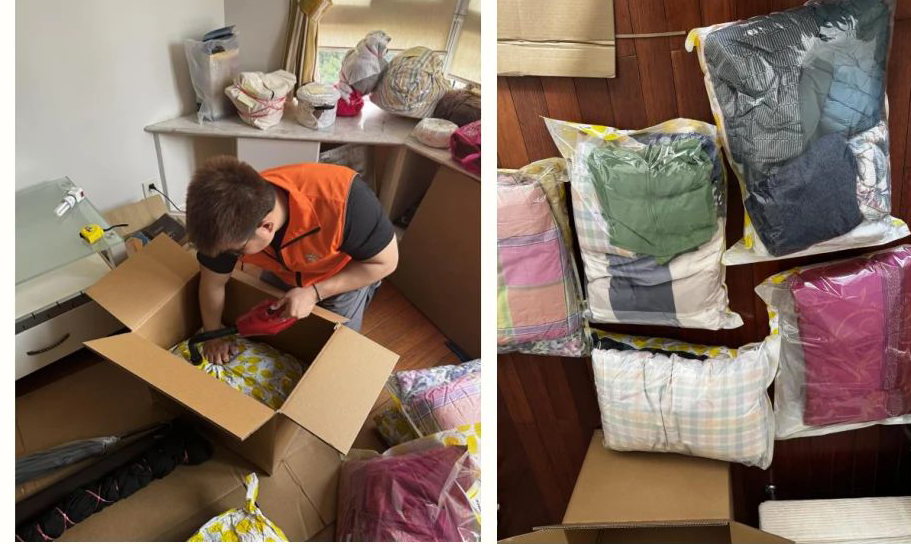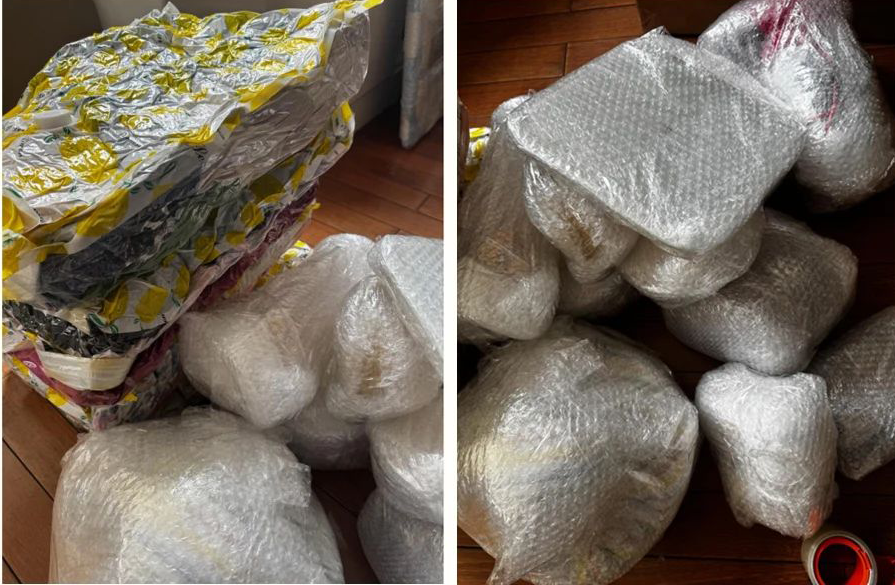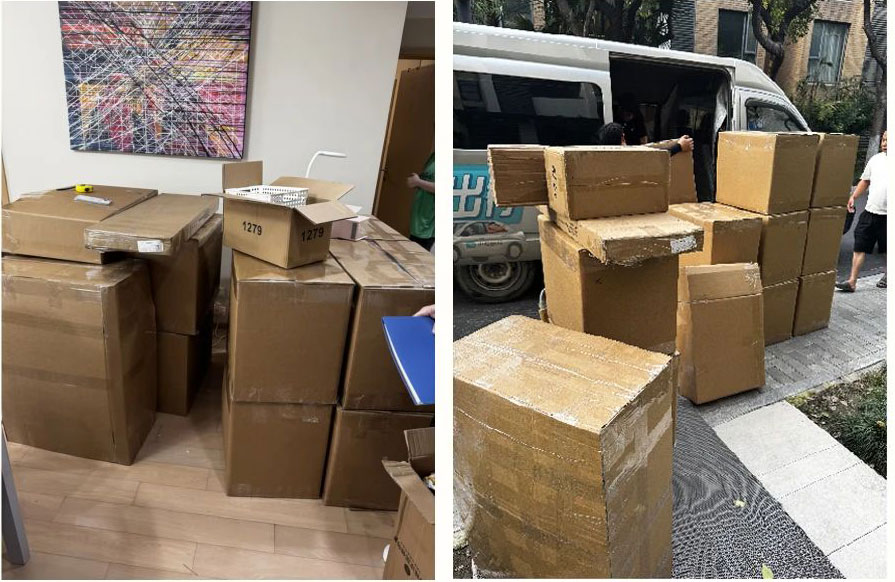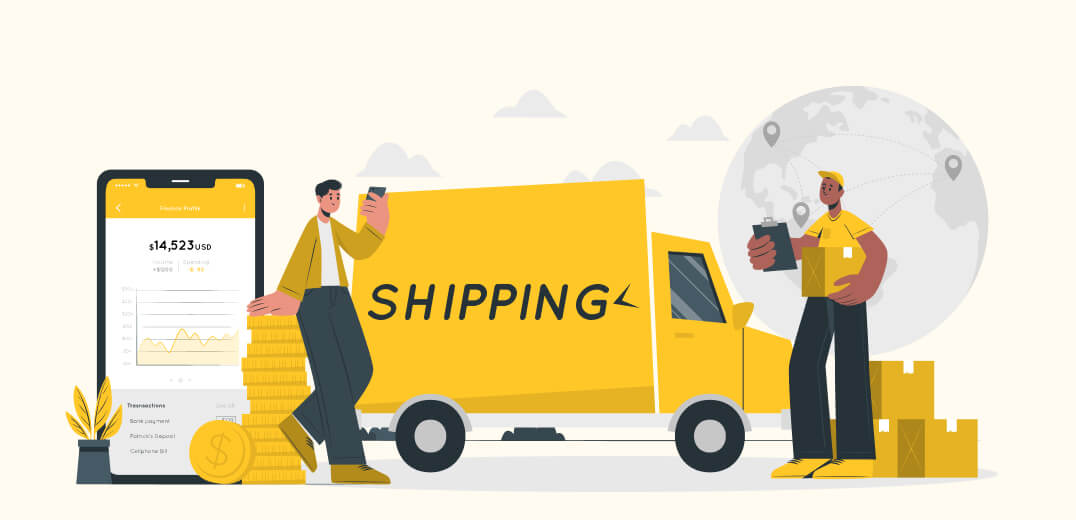Cheap Shipping to France from China: GoNest Guide 2025
The first time my cousin shipped clothes from China to France, the shipping cost was almost more expensive than the clothes themselves. She was a student in Lyon, living off a modest stipend, and just wanted to receive some Taobao winter jackets. But international courier prices? Brutal.
Turns out, she wasn’t alone.
From Chinese students in Bordeaux to young professionals in Paris, more and more people are looking for a smarter, cheaper way to send stuff across continents. And that’s where GoNest 集运 comes in.
Why So Many Chinese Students Choose France
France is more than croissants and cathedrals — it’s a surprisingly affordable destination for international education. Thanks to tuition-free public universities and generous student subsidies, many middle-class families in China see France as the perfect study-abroad option.
But once students arrive, a new reality kicks in: life is expensive. Chinese platforms are cheap and familiar — so shipping from home becomes a necessity.
“在国内买一瓶护肤品不到50块,法国官网要€40。我当然选择海运。”
The Real Problem: Traditional Shipping Is a Headache
- Sending one parcel at a time is expensive
- Families back home visit the post office again and again
- Customs paperwork is confusing
- Some packages never even make it to France
That’s why more people are switching to consolidated shipping (集运) — where you buy as usual from Chinese platforms, ship everything to one warehouse, then combine and send as one international shipment.
What Is GoNest, and Why Are So Many People Using It?
Founded in 2022, GoNest 集运 is a China-based freight forwarding service focused on overseas Chinese, students, and individuals. Their mission is simple: save you money, time, and stress — while helping your packages fly smoothly across borders.
Here’s what they specialize in:
- Cross-border delivery of personal items (clothes, shoes, skincare, OTC medicine)
- No need to study customs policy yourself — just ask their support team
- Transparent pricing, multi-channel shipping options, full DDP (Delivered Duty Paid)
GET IN TOUCH
Let us Send You a Quote
Why Choose the GoNest France Line?
Speed
While regular postal services can take weeks, GoNest’s France Line ships in 5–8 working days. With five flights per week, the delivery frequency ensures reliability and consistency.
Price
Compared to major couriers like UPS, FedEx, or DHL, GoNest France Line costs less than half. In fact, the price is often comparable to China Post small parcels, but faster and safer.
| Service Type | Base Price (0.5kg) | Additional per 0.5kg | Sample 1kg Cost |
|---|---|---|---|
| Europe Air General | ¥135.00 | ¥40.00 | ¥157.50 (was ¥175) |
| Air Freight Line (Non-Volumetric) | ¥150.00 | ¥45.00 | ¥175.50 (was ¥195) |
| Special Cargo Line | ¥135.00 | ¥42.50 | ¥159.75 (was ¥177.50) |
All options include:
- Free Insurance
- DDP (Delivered Duty Paid)
- Door-to-Door Delivery
How to Start Using GoNest
- Shop on Taobao / Pinduoduo / JD as usual
- Use the GoNest warehouse address as your delivery location
- Notify GoNest and provide tracking numbers + product details
- They consolidate, repackage, and prepare your shipment
- Choose your France Line based on speed, weight, and item type
- Pay online, track in real time
- Receive your package at your French address (final delivery by La Poste)
No customs paperwork. No surprise charges.
What You Can and Can’t Ship to France
| Item Type | Recommendation |
|---|---|
| Batteries, Liquids | Avoid unless pre-approved |
| Skincare / Cosmetics | Allowed via specific channels |
| Snacks, Instant Noodles | Allowed in small quantities |
| Documents, Certificates | Use EMS / DHL |
| Fragile Goods | Double-wrap & insure |
Smart Tips to Save More
- Group Orders with Friends: Split the cost and save up to 30%
- Choose Slower Lines: For non-urgent items, sea freight saves more
- Look for Discounts: GoNest runs coupons and monthly promos
- Enable WeChat Notifications: Real-time updates when packages arrive or ship
GET N TOUCH
Get the Best Freight Routes Intelligence
Real Talk from the Community
“我在淘宝上买了好几件秋冬大衣,和舍友拼了一个大包,一人只花了¥80就寄到了法国,超值!”
— 留学生 Annie, 巴黎八大
“GoNest让我爸妈不用每次跑邮局了,所有淘宝订单集中处理,省时省力。”
— 工程师 Jerry, 巴黎郊区
Final Thoughts
Shipping from China to France doesn’t have to cost a fortune or give you headaches.
With the right tools, smart timing, and a reliable platform like GoNest, even a broke student can enjoy the best of both worlds: Chinese prices and French convenience.
If you’re still asking your family to run to the post office every week — maybe it’s time to upgrade.
